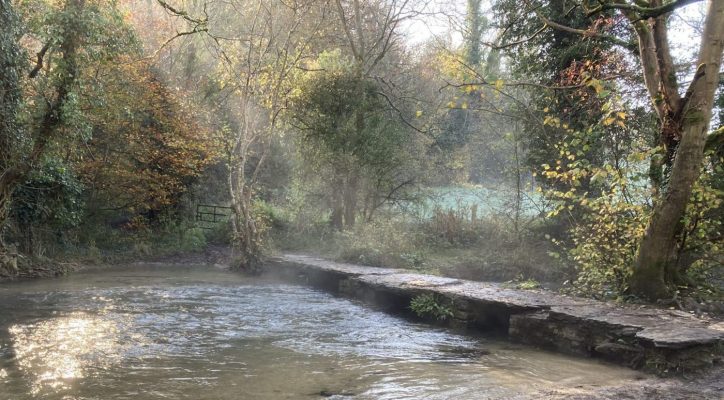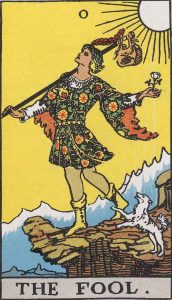
In Jungian theory, The Hero must be challenged with new ways (of thinking and being) to develop and progress along the journey. There may be many challenges along the way, all of which are guarded by a gatekeeper, or guardian. This Guardian (also known as Threshold Guardian or Liminal Guardian) is an agent of transformation.
The Guardian represents The Hero’s ‘internal demons: the neuroses, emotional scars, vices, dependencies, and self-limitations that hold back growth and progress.’
Vogler (2007)
In myth and literature, the purpose of The Guardian is to test The Hero’s worth before she may move forward to the next phase of the journey. The Guardian resides on the border between one world and another, and signifies ‘this way lies danger’.
The archetype need not be a character but may be a physical (eg. a locked door) or a conceptual (eg. self-doubt, oppression) entity.
Dramatically, The Guardian may wear a variety of masks, turning ally, trickster or shadow. The archetype is most satisfyingly overcome when The Hero plays to her strengths.
Examples in Myth and Folklore
- Baba Yaga, the old crone of Slavic and Russian folklore, guards the fountains of the water of life
- Cerberus, guard dog at the gates of hell (Greek myth)
- Hecate, Greek goddess of liminality, is associated with the frontier between life and death, and the demons and ghosts which move across the frontier.
- Norse god, Heimdallr, guards the Bifröst
Examples in Literature
- Aeschere in Beowulf, unknown
- Professor Marvel, the tornado and the Emerald City doorman in The Wonderful Wizard of Oz, L. Frank Baum
- Wall guard in Stardust, Neil Gaiman
- Inigo Montoya in The Princess Bride, William Goldman
- The shell which destroys Nour’s house in The Map of Salt & Stars, Zeyn Joukhadar
- Jared’s grandmother in Son of a Trickster, Eden Robinson
- The death of Chava’s husband and the New York customs officials in The Golem & the Jinni, Helene Wecker
Bibliography
All the Tropes (accessed 3 January 2021)
Booker, Christopher (2006) The Seven Basic Plots: Why We Tell Stories. Bloomsbury Academic
Campbell, Joseph (2008) The Hero With a Thousand Faces. New World Library
Know Your Archetypes (accessed 3 January 2021)
Vogler, Christopher (2007) The Writer’s Journey: Mythic Structure for Writers, 3rd edition. Michael Wiese Production








